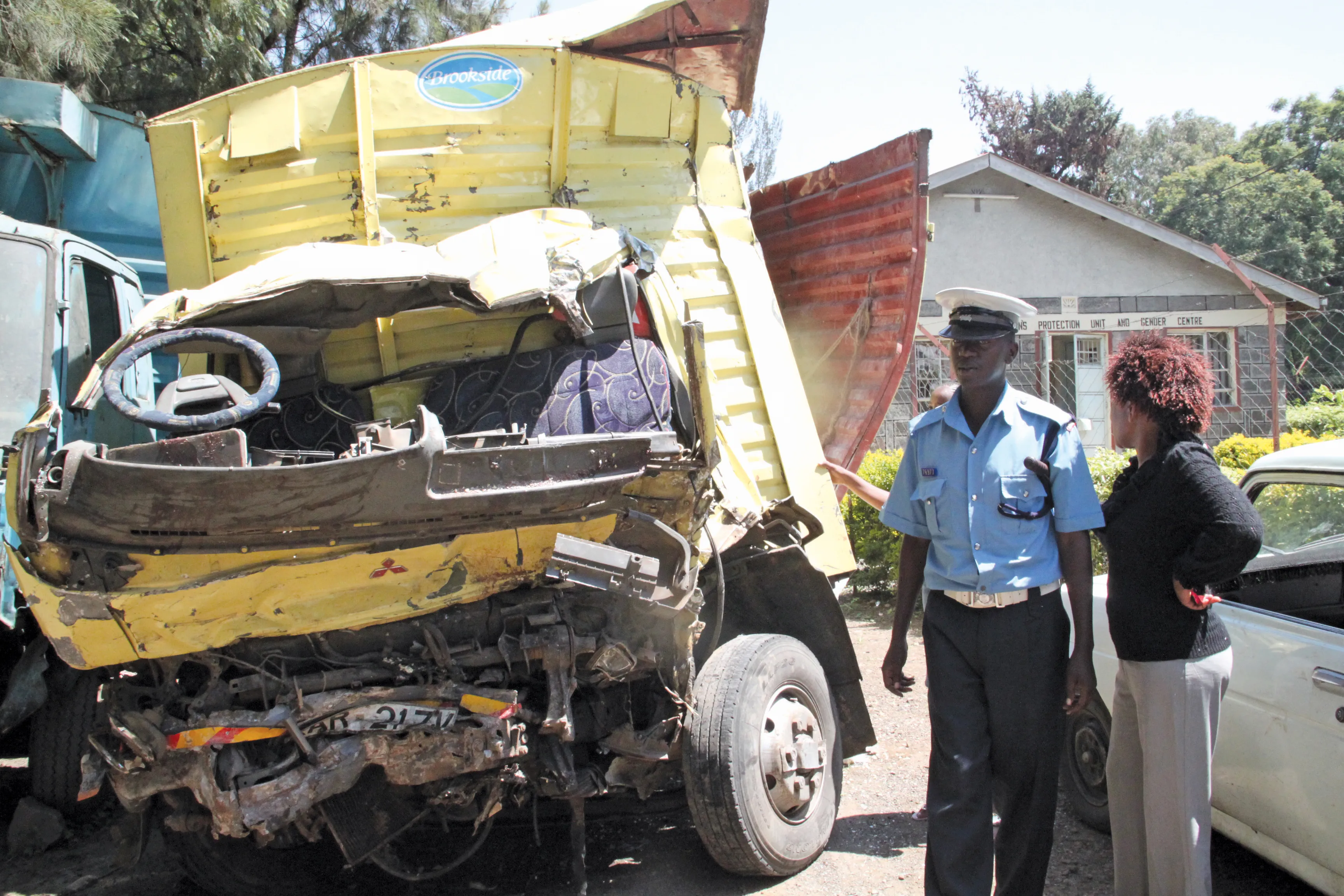Data from Kenya’s National Transport and Safety Authority (NTSA) shows that there is a particular risk of serious crashes on the capital’s bypasses. In the 11 month period from January-November, 1/7th of Nairobi’s road fatalities were on the three new bypass routes. There were 50 fatalities in 2014 on the three bypasses and for the January to November 2015 period, there have been 133 deaths. Pedestrians are at most risk, accounting for 60% of fatalities, with motorcyclists and car drivers accounting for 7%
December 14, 2015
Read time: 1 min
Data from Kenya’s National Transport and Safety Authority (NTSA) shows that there is a particular risk of serious crashes on the capital’s bypasses. In the 11 month period from January-November, 1/7th of Nairobi’s road fatalities were on the three new bypass routes. There were 50 fatalities in 2014 on the three bypasses and for the January to November 2015 period, there have been 133 deaths. Pedestrians are at most risk, accounting for 60% of fatalities, with motorcyclists and car drivers accounting for 7% of fatalities apiece.
A report by the country’s Nation Newsplex suggests that lack of facilities for pedestrians and insufficient crossing points may be a cause of many of the crashes. The report also points out that those pedestrian bridges and crossings that have been built are not commonly used. Other major causes of crashes are from dangerous overtaking and vehicles speeding.
A report by the country’s Nation Newsplex suggests that lack of facilities for pedestrians and insufficient crossing points may be a cause of many of the crashes. The report also points out that those pedestrian bridges and crossings that have been built are not commonly used. Other major causes of crashes are from dangerous overtaking and vehicles speeding.







